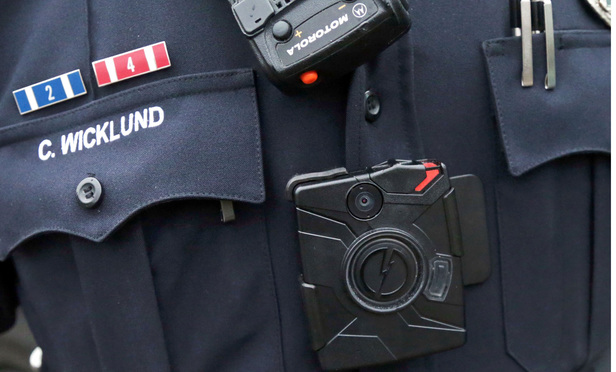DNA testing and videotaping of police-citizen encounters may have more in common than you might think. Both show not what arguably happened but what is true (or as close to true as we can get). DNA exonerations have enabled us to examine the behavior of lawyers, judges and prosecutors in order to understand how a wrongful conviction happened. Videotaping of police-citizen encounters could well do the same for policing and civil rights challenges to police misconduct.
Before DNA testing, there was no way to determine at a crime scene what actually happened with any certainty. The criminal justice system was largely about fair process, but as we have come to know, not about truth. After a verdict, witnesses might change their testimony, a new forensic expert might re-examine the evidence, and new evidence might emerge, but a court could not say which account — the trial or posttrial — was accurate.
This content has been archived. It is available through our partners, LexisNexis® and Bloomberg Law.
To view this content, please continue to their sites.
Not a Lexis Subscriber?
Subscribe Now
Not a Bloomberg Law Subscriber?
Subscribe Now
LexisNexis® and Bloomberg Law are third party online distributors of the broad collection of current and archived versions of ALM's legal news publications. LexisNexis® and Bloomberg Law customers are able to access and use ALM's content, including content from the National Law Journal, The American Lawyer, Legaltech News, The New York Law Journal, and Corporate Counsel, as well as other sources of legal information.
For questions call 1-877-256-2472 or contact us at [email protected]





